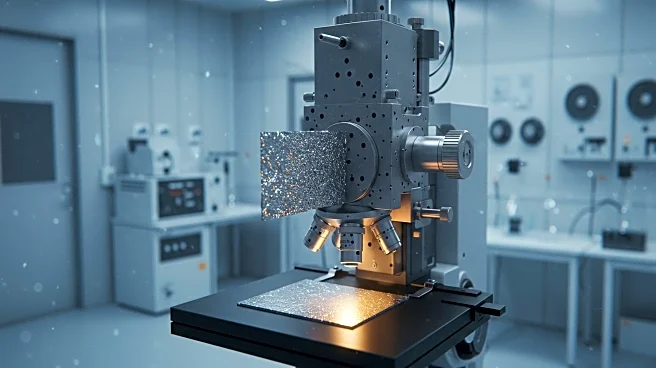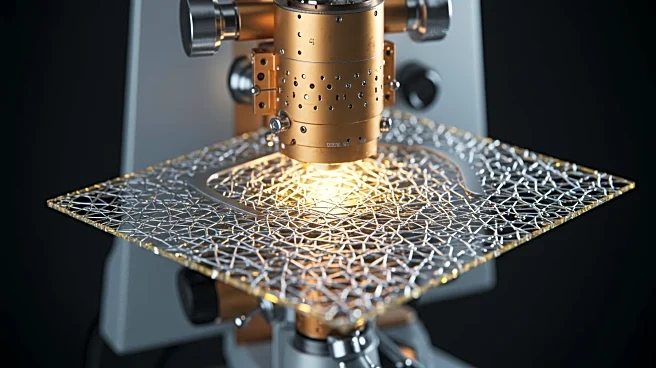What is the story about?
What's Happening?
Mathematicians Claudia Fevola and Anna-Laura Sattelberger have explored the use of algebraic geometry to describe the behavior of elementary particles and the universe's structure. Their research, published in the Notices of the American Mathematical Society, connects algebraic structures with phenomena like particle collisions and cosmic architecture. The study introduces positive geometry, a concept expanding traditional Feynman diagrams in particle physics, offering new ways to compute scattering amplitudes and understand cosmic correlations.
Why It's Important?
This research bridges mathematics and physics, providing a unified framework for understanding complex physical systems. Positive geometry could revolutionize theoretical physics and cosmology, offering simpler computational methods and deeper insights into the universe's formation. The interdisciplinary approach highlights the potential for mathematics to drive advancements in scientific understanding, impacting fields like quantum physics and cosmology.
Beyond the Headlines
The study emphasizes the role of positive geometry as a unifying language in theoretical physics, potentially influencing fundamental research. The collaboration between mathematics and physics could lead to new discoveries and methodologies, pushing the boundaries of both fields. The research reflects a growing international effort to integrate mathematical concepts with physical theories, fostering innovation and exploration.
AI Generated Content
Do you find this article useful?











